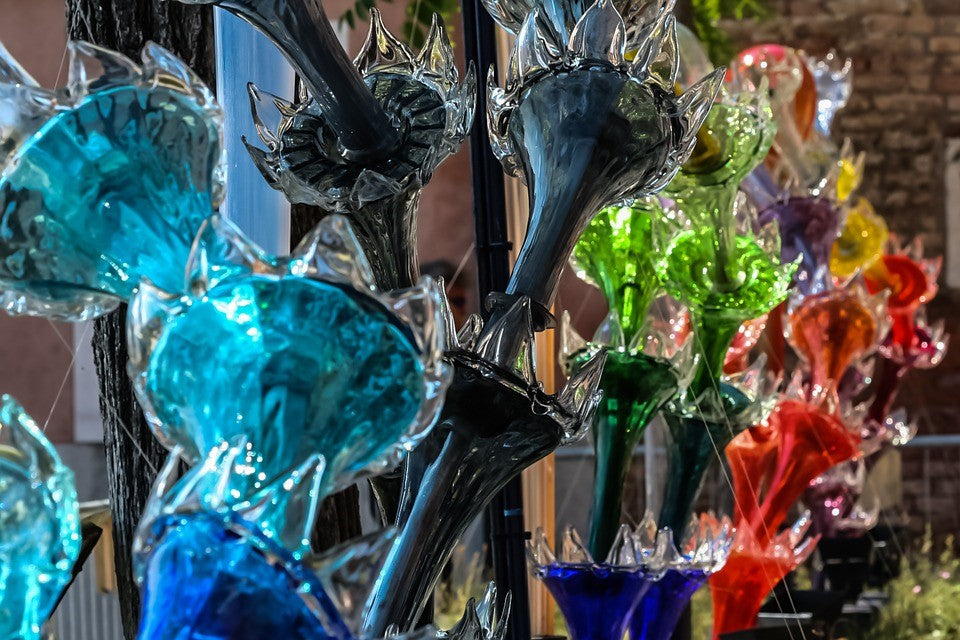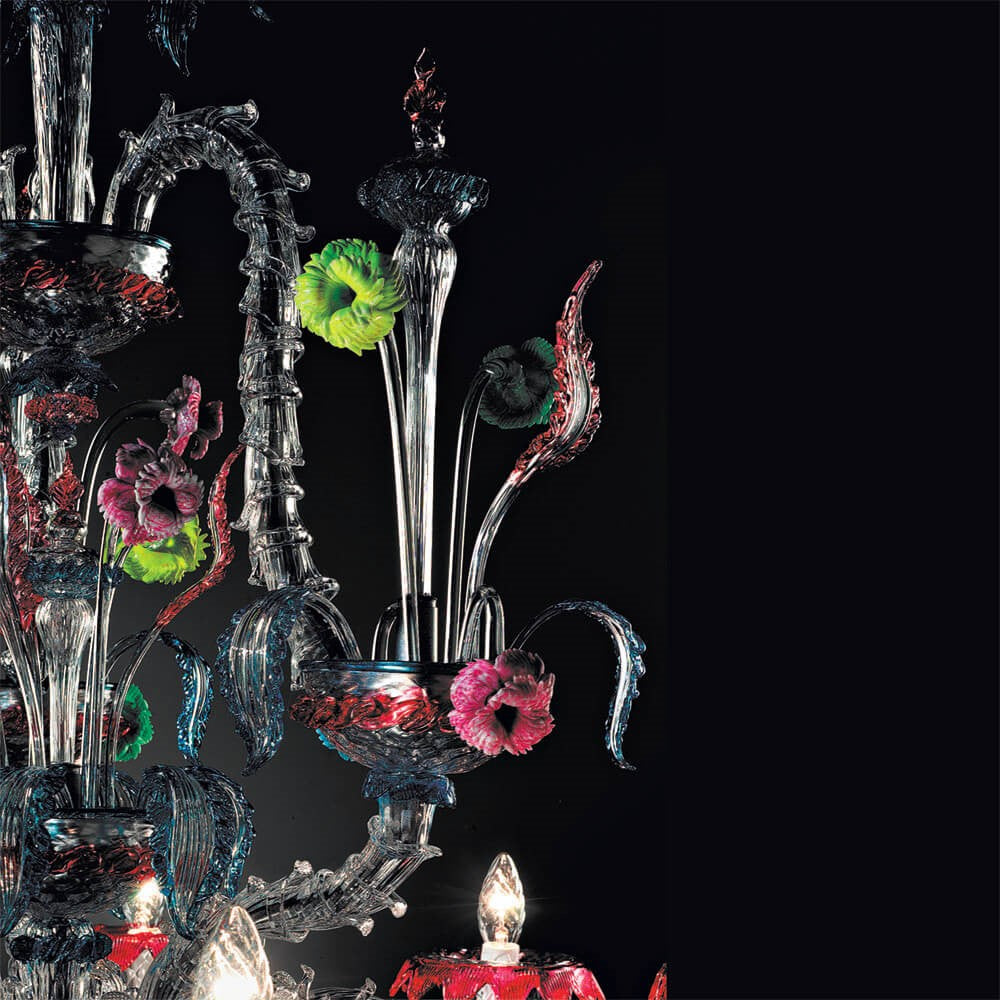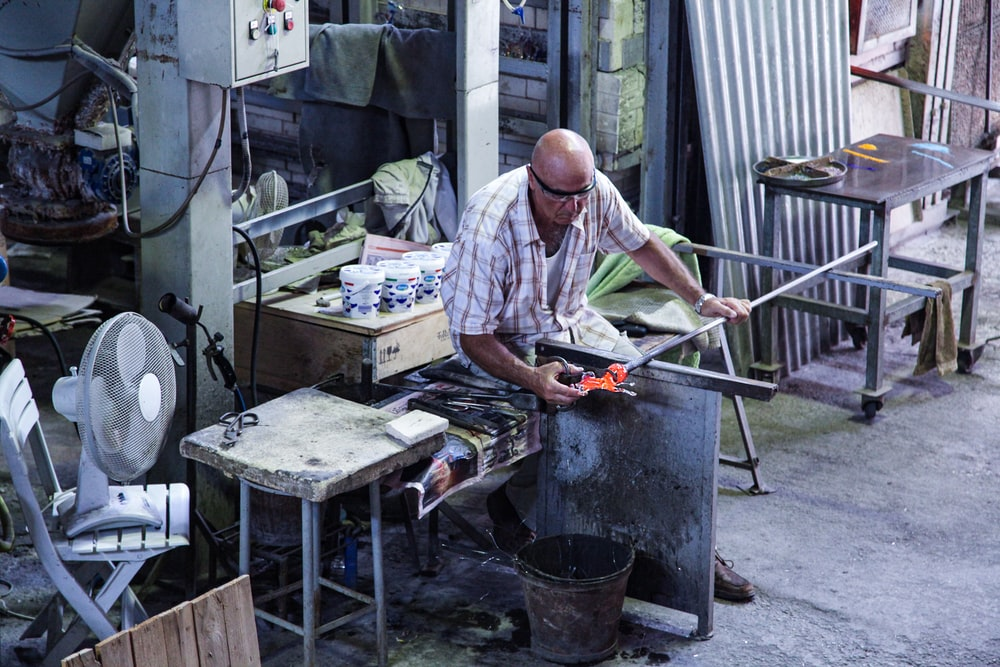The very first thing that springs to mind when someone mentions Murano glass is the magnificent hand-blown glass pieces. For generations, glass masters have passed down their skills to their descendants, creating unique and everlasting works of art that are a symbol of Italian craftsmanship and represent the best of what Italy has to offer the world.
The distinctiveness of each item is what helps make them so highly coveted by niche aficionados. Small flaws, such as air bubbles created during the blowing process and "detached" pieces, are what set them apart and allow you to see the unique handprint that can only be created by expert craftsmen.
As soon as people encounter Murano glass artefacts, they all wonder the same thing: how does the glass get its colour? Let's find out.
How Is It Coloured?
As previously mentioned, the art of making Murano glass dates back thousands of years. It wasn't until the second half of the fourteenth century that the first methods for creating pristine artefacts were devised. After a century of research and development, however, the beauty of this art form reached its pinnacle in 1600.
To make coloured glass, minute amounts of metallic oxides were added to the vitreous basis, which was made by combining silica as well as metal carbonates. This form of colouring was done This form of coloring was done in hot, heat-resistant firestone crucibles, which were eventually replaced by gas and electric ovens. At 1400 degrees overnight, the glass experts combined and melted the raw materials before shaping them into beautiful sculptures.

Which Technique Is Used?
Murrina is one of the most used methods for colouring glass. A cylinder is created by layering soft glass in various colours and then stacking them on top of one another. As soon as it's at the desired diameter, two personnel members will iron it and then cut it into cylindrical pieces (the murrine) that will be used in the products.
Murrine with intricate patterns (birds, stars, flowers) can be made by inserting soft glass mash into particularly prepared moulds during the manufacturing steps and then using the resulting murrine for tableware, bowls, or jewellery. The outcome of this devotion is a collection of blown glass artefacts that will add elegance, flair, and individuality to your home.
MuranoNet Offers Its Customers The Chance To Buy Murano Glass Online
Anyone who is in search of Murano decorative glass pieces for sale should get in touch with MuranoNet. We are among the best providers of Murano Glass on the island of Venice. All of our products are high-quality and authentic. Our vast range of products includes large crystal chandeliers for high ceilings, decorative glass sculptures, a big flower vase for the living room, and a lot more.
Contact us for more details about our products.




Dejar un comentario
Este sitio está protegido por hCaptcha y se aplican la Política de privacidad de hCaptcha y los Términos del servicio.